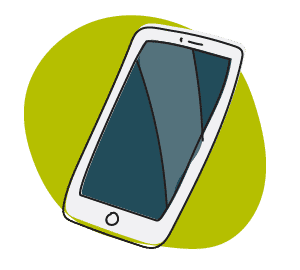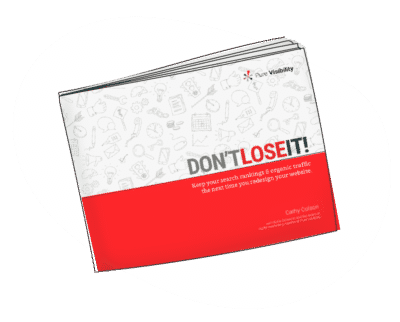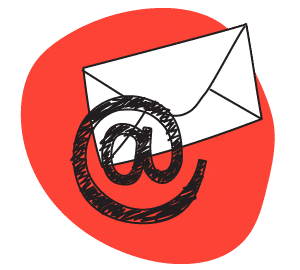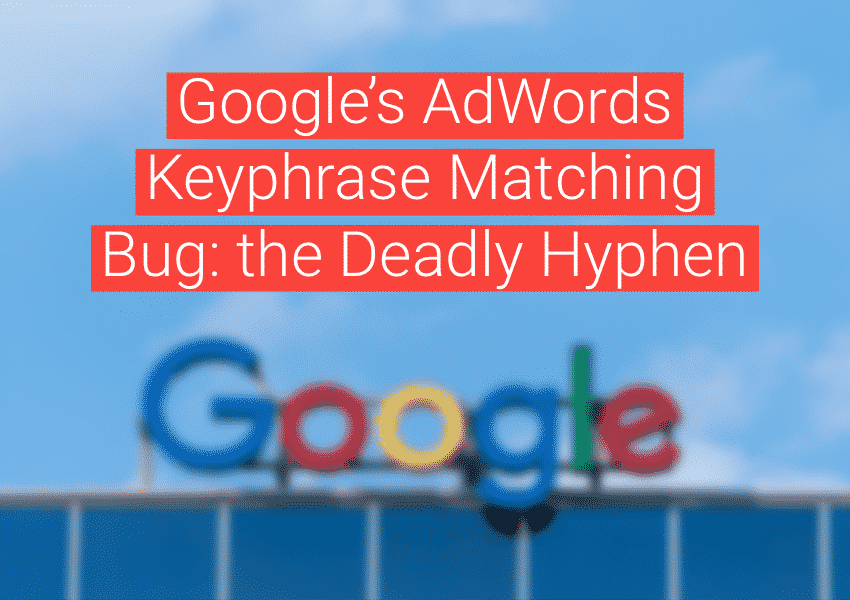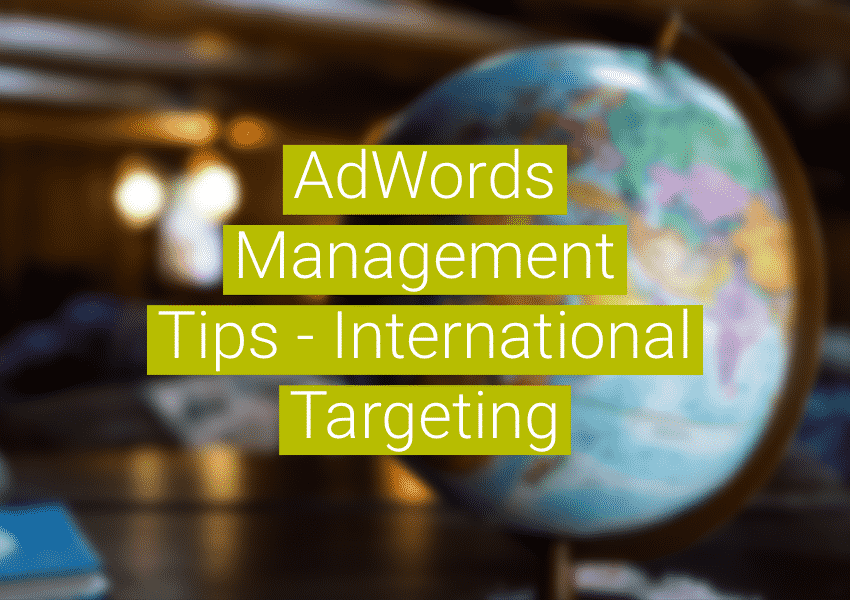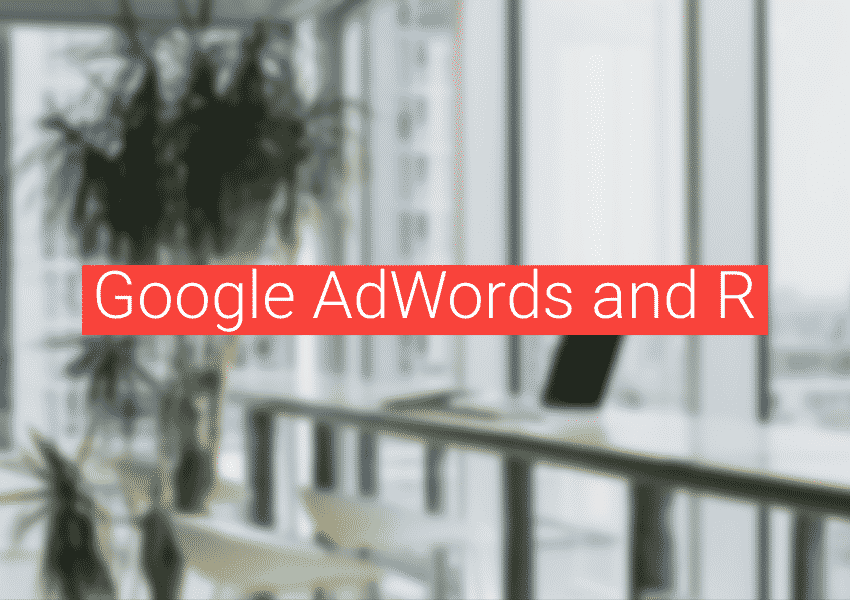There are many misconceptions around digital marketing — what it entails, what gets the best results, and what you can expect in terms of return on investment. And two of the biggest marketing channels within digital, PPC and SEO, are frequently confused with each other or surrounded by misconceptions. Many marketers believe that one is inherently better than the other, but these two channels serve different purposes and actually work best when they are used together.
What is PPC?
According to Search Engine Journal, “Pay-per-click (PPC) is an advertising model that lets marketers place ads on an ad platform and pay the host of that platform every time their ad is clicked.” PPC can encompass a wide range of paid digital marketing efforts, including search advertising, social media advertising, and video advertising.
It is used to drive more qualified traffic and sales in a short period of time.
What is SEO?
Search engine optimization, or SEO, involves the strategic use of a variety of specialized tactics, including keyword research, on-page optimization, link building, and both technical and content optimization, to drive qualified traffic to a website by improving its organic (non-paid) rankings in search results.
SEO is used to achieve better rankings in the search results, which drives more traffic and leads. SEO has a longer spin-up time; companies can expect to see results in about six months, sometimes less.
How PPC and SEO work together
Although both PPC and SEO are excellent marketing channels on their own, marketers can maximize their efforts when they use them simultaneously to target various stages of the marketing funnel, dominate the search results to drive more traffic, and increase the number of touchpoints for conversions.
They target multiple stages of the marketing funnel
In order to drive conversions, marketers need to target potential customers at all stages of the marketing funnel: top (awareness), middle (consideration), and bottom (purchase).
To do this effectively, companies should use marketing channels and content that speaks to these different frames of mind. Companies often believe that this can be achieved with either SEO or PPC individually, but PPC and SEO actually target different stages of the buyer’s journey:
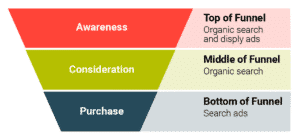
This is important because PPC alone is usually not a closer, especially for more expensive products and services that have a longer sales cycle. Although many people believe that PPC equals immediate conversions, it’s unlikely that a single ad will create a quick sale. People need time to consider their options and compare prices, and the sales funnel tends to lengthen as the sales cost rises. For these prospects, you need to speak to their pain points at every stage of the marketing funnel to prime them for purchase.
They drive more traffic to your website
When it comes to the search engine results page, you want to own as much real estate as you can.
Which type of result a searcher clicks on can vary depending on their stage in the buyer’s journey, what type of information they are looking for, and how they feel about paid ads. 70-80% of searchers scroll directly to the organic results (although studies show that nearly half of internet users can’t tell the difference between paid ads and organic results).
This means that you’ll need to invest in both paid and organic efforts to maximize your exposure and the number of people clicking through to your website.
For example, marketers will sometimes push back on the idea of advertising for their own brand because they “own it,” or already rank in the top spot organically. But the reality is that your competitors will bid on your terms if you don’t, and their ads may push your organic results below the fold. The example below shows a search for the brand, “Nike.”

We can see from this example how both paid and organic efforts can help companies become more prevalent on the first page of search results and increase the likelihood of conversion. By bidding on its brand name and using well-optimized ads with sitelinks, Nike is able to dominate all of the above-the-fold content in the result for “Nike.”
This is also true of non-branded results. We can see from a Google search on “tennis shoes,” that the above-the-fold content is all paid advertising, which pushes organic results below the fold.
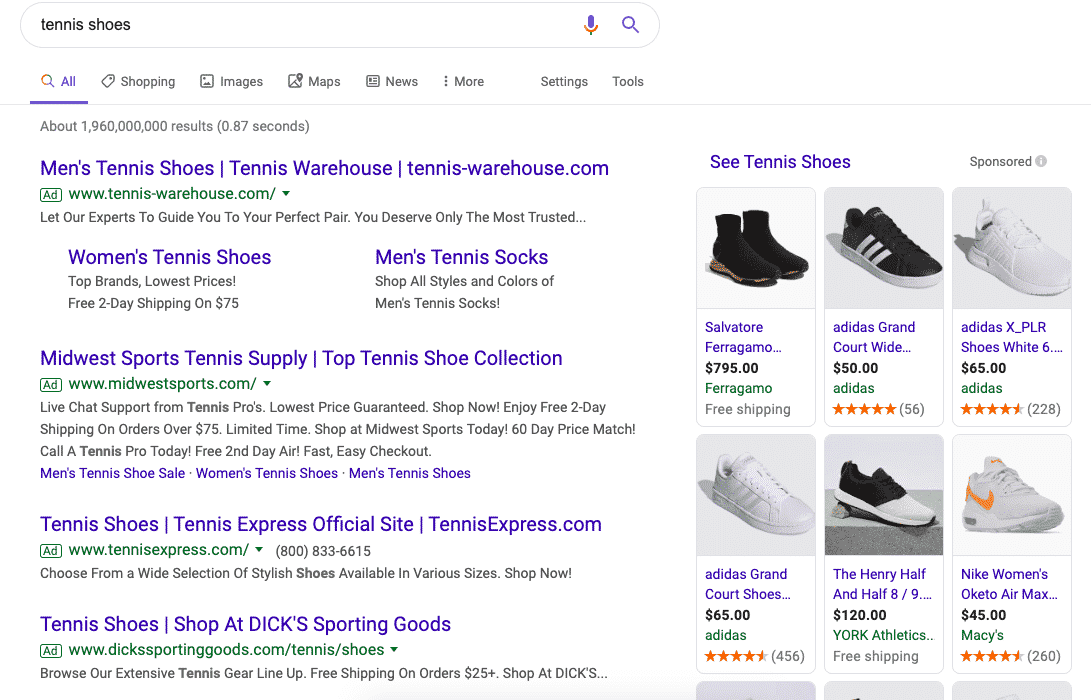
However, because we know that 70 – 80% of searchers will scroll past these ads, it’s important that companies that want to drive traffic from this search term also rank for it organically. The example below shows what appears organically for the search for “tennis shoes.”
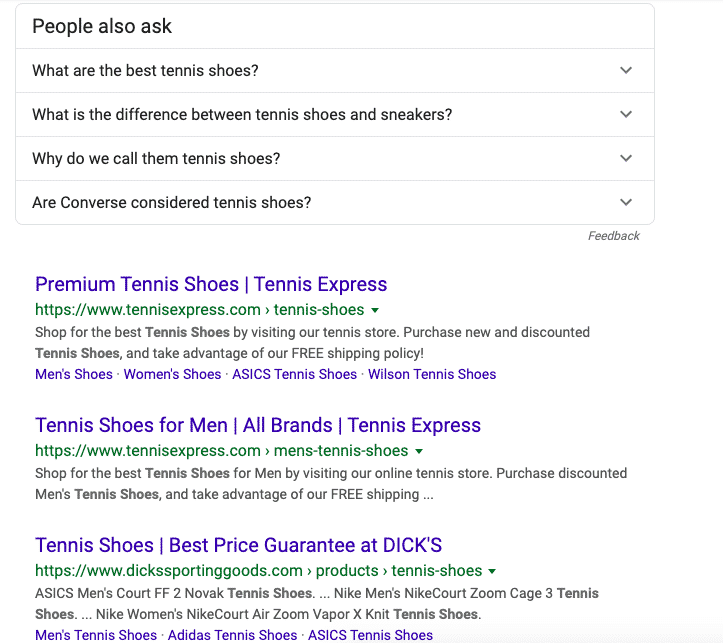
In this example, we can see that tennisexpress.com has bid on “tennis shoes” and is in one of the top three paid results, but is also ranking in the first two organic spots. With the top 3 paid advertising spots getting 46% of the clicks on the page and roughly 30% of click-throughs coming from the top organic result, tennisexpress.com has combined their efforts to take up significantly more of the market share on this term.
They work together to increase conversions
Marketing channels do not operate in a silo. If you’re only investing in one channel, you’re doing it wrong.
PPC and SEO work together to drive traffic, and they also play off each other to increase conversions. The reality is, people experience multiple marketing channels before they convert. This reflects the old “Rule of Seven,” or idea that people need to be exposed to your message at least seven times before taking action.
In the case of SEO and PPC, top of funnel content and display advertising can raise awareness of your brand so people can find you later down the line with more targeted content and advertising. As Business Insider points out, “Market research continuously proves the obvious: a person needs to know you, your reputation, and your product or service before he/she is willing to make a purchase.”
Without top of funnel efforts like educational organic content and display advertising, people may not get the opportunity to be exposed to your brand and, therefore, are less likely to purchase from you in the future. Once you’ve established your credibility in the industry, you can nurture prospects through the rest of the funnel with increasingly-targeted content (case studies, webinars, FAQs, etc.), as well as more specific paid advertising (search ads, remarketing).
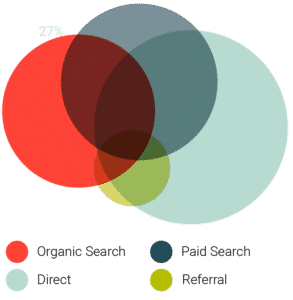
If you look at your Google Analytics, you’ll likely see that many of your conversions occur after people are exposed to multiple marketing channels including both SEO and PPC.
An experienced digital marketing company will understand how these two marketing channels interact and help you create a strategy that uses them both to their full potential.
Using SEO and PPC to their full potential
SEO and PPC are unique marketing channels that serve different purposes in the buyer’s journey. To drive qualified traffic and increase conversions, you’ll need to learn how to use both effectively and cross-reference your efforts to create a multi-channel strategy that guides visitors down the marketing funnel.


